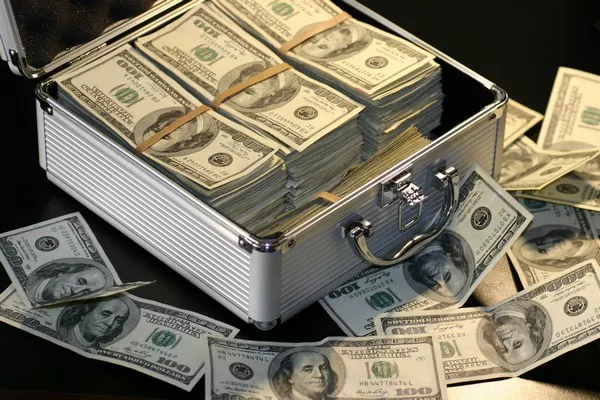Consensus expectations for a 25-basis-point rate hike by the Federal Reserve initially caused little movement in the greenback. However, the dollar did weaken slightly following Chairman Powell’s press conference. ING economists analyze the outlook for the dollar.
EUR/USD should rise to 1.12 by end-September and 1.15 by end-December
As elsewhere in the world, moves in the dollar appear to be increasingly driven by data rather than central bank communications. In fact, we may not hear anything from the Fed until the August 24-26 Jackson Hole Fed Symposium.
In terms of data, we see further signs of deflation and slowing economic activity in the US, which could lead to a mild USD bearish trend at the next FOMC meeting in late September. The problem for dollar bears like us is that overseas growth prospects don’t look particularly compelling – especially in the euro zone, where stagnation threatens to turn into contraction. But overall, we think deflation in the US will dominate and EUR/USD should rise to 1.12 by end-September and 1.15 by end-December.
Given that many questions remain unanswered and cross-market volatility remains low, it’s no surprise that investors remain keen on carry trades. That would keep the yen lower – barring a surprise from the Bank of Japan on Friday – and sustain demand for emerging market high-yielding currencies such as the Mexican peso (MXN) and the Hungarian forint (HUF).


